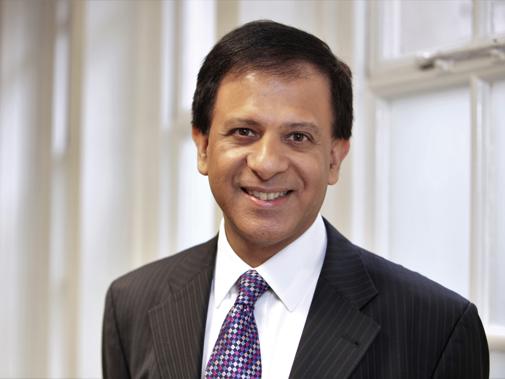The dearth of resources and infrastructure in the NHS is usually described in the form of inadequate workforce numbers, shortages of hospital beds or lack of facilities in primary care and the community.
However, an all too often overlooked yet vital resource in our health service is our diagnostic facilities, which have themselves suffered under-investment resulting in a woeful lack of capacity compared with other developed nations.
Indeed, a 2017 international comparison carried out by the Organisation for Economic Co-operation and Development revealed England ranked the lowest among 23 countries for the number of CT scanners per 10,000 of the population and third lowest for number of MRIs.
Allowing patients to have timely access to good diagnostic services – from blood tests to imaging – is important to enable early diagnosis and optimal management of medical conditions, from improving cancer diagnosis to early detection and prevention of heart attacks and strokes. A responsive diagnostic service is central to reducing ill health and hospitalisation and to improving patient outcomes, hence reducing strain on an overstretched NHS budget.
As with many aspects of the health service, the impoverished state of diagnostic services that preceded the pandemic has been further ruthlessly exposed by it.
Figures released by NHS England show the startling level to which waiting times for diagnostic procedures have surged.
In July 2019, the number of patients waiting six-weeks or more for MRI scans stood at 5,409. 4,175 patients had waited this long for CT scans and 4,937 for colonoscopies.
After twelve months these figures had increased to 60,065, 48,476 and 43,219 respectively.
This accumulated backlog will inevitably directly affect patient care, with concerns regarding delayed diagnoses and treatment.
Such is the urgency around arresting and addressing this burgeoning backlog of diagnostic work, that a comprehensive report by Professor Sir Mike Richards recommending how diagnostic care can be reinvented and reinvested in, was rapidly brought forward from its original scheduled publication in January next year, and presented to the NHS England board last week.
In an 86-page report entitled Diagnostics: Recovery and Renewal, Sir Mike also makes clear that COVID-19 has created a unique set of additional challenges to diagnostics through overall increased demand on the NHS and an enhanced emphasis on ensuring infection control in these settings.
Sir Mike further calls for the national capacity of CT scanning to be doubled over the next five years, and for all MRI, PET-CT and X-ray equipment which is more than 10 years old to be replaced.
He also advocates for a significant effort to increase staffing including the establishment of training academies for endoscopy, the recruitment of an additional 2,000 radiologists and 4,000 radiographers and a ‘major drive to expand the pathology workforce’.
Many of these recommendations echo calls for service transformation which the BMA has made forcefully and repeatedly in recent years.
These include the formation of community-based diagnostic hubs or ‘one-stop shops’, providing a range of diagnostic services to patients closer to home avoiding unnecessary travel to hospital.
This is all the more important in the context of the pandemic. With an increase in hospital consultations being provided remotely, the BMA has called for hospital clinicians to be able to book investigations within expanded community diagnostic facilities directly.
This would not only meet the need generated by COVID-19, but would, in the longer-term, reduce hospital attendances and relieve pressures on services in secondary care.
Our diagnostic services must be underpinned by IT interoperability across the NHS – and there is an equal urgent need for investment in digital transformation. Yet the reality is a lack of access to test results between different hospitals themselves, and between primary and secondary care, added to by the fragmentation of private services not being linked into the NHS infrastructure.
It really should not be the case in the 21st century that patient care is compromised by doctors not having a patient’s investigation results to hand simply because it was done in another NHS setting.
All these recommendations, while welcome, are frustratingly long overdue.
As with so many of the challenges facing the health service, the key to realising the vision laid out in this report hinges on the Government providing the requisite financial investment.
In our submission to the 2020 Comprehensive Spending Review, the BMA highlights the urgent need for the Government to provide the required funding to increase diagnostics capacity in the community.
Yet only last week, the prime minister Boris Johnson pledged £3.7bn to build 40 new hospitals by 2030, and despite Sir Mike’s hurried released report, the prime minister made absolutely no mention of investment in diagnostic services and how these might be funded.
COVID-19 has tested the NHS like nothing else before it, yet it has also unintentionally provided the opportunity to fundamentally rethink and tackle the NHS’s increasingly moribund diagnostic capabilities.
On this basis, diagnostics can no longer afford to be a Cinderella service of the NHS. Rishi Sunak and his Treasury colleagues must grasp the importance of explicit and substantial investment in diagnostic services, not just for dealing with the pandemic, but to provide a modern, effective and sustainable approach to diagnosing disease for the foreseeable future.
Chaand Nagpaul is BMA council chair

